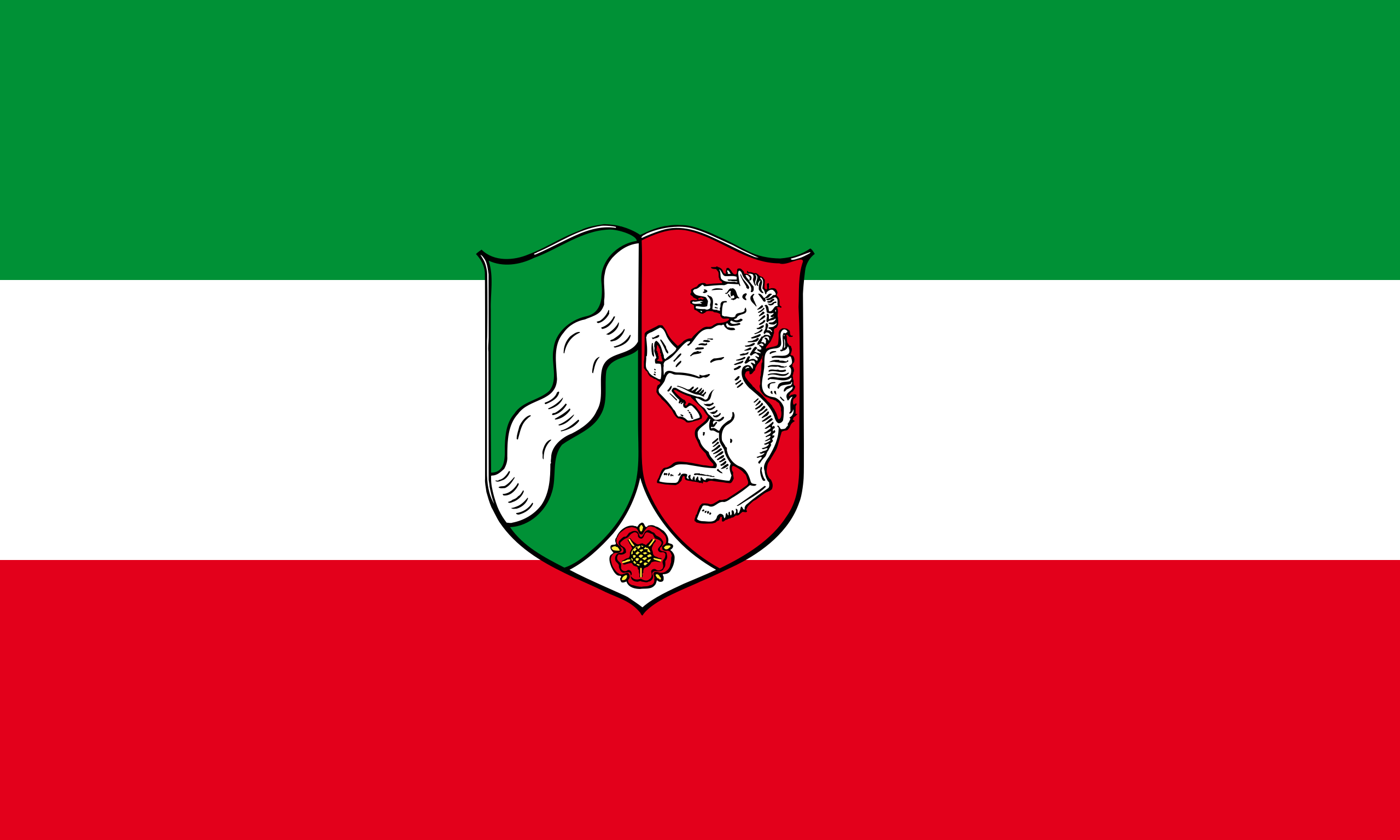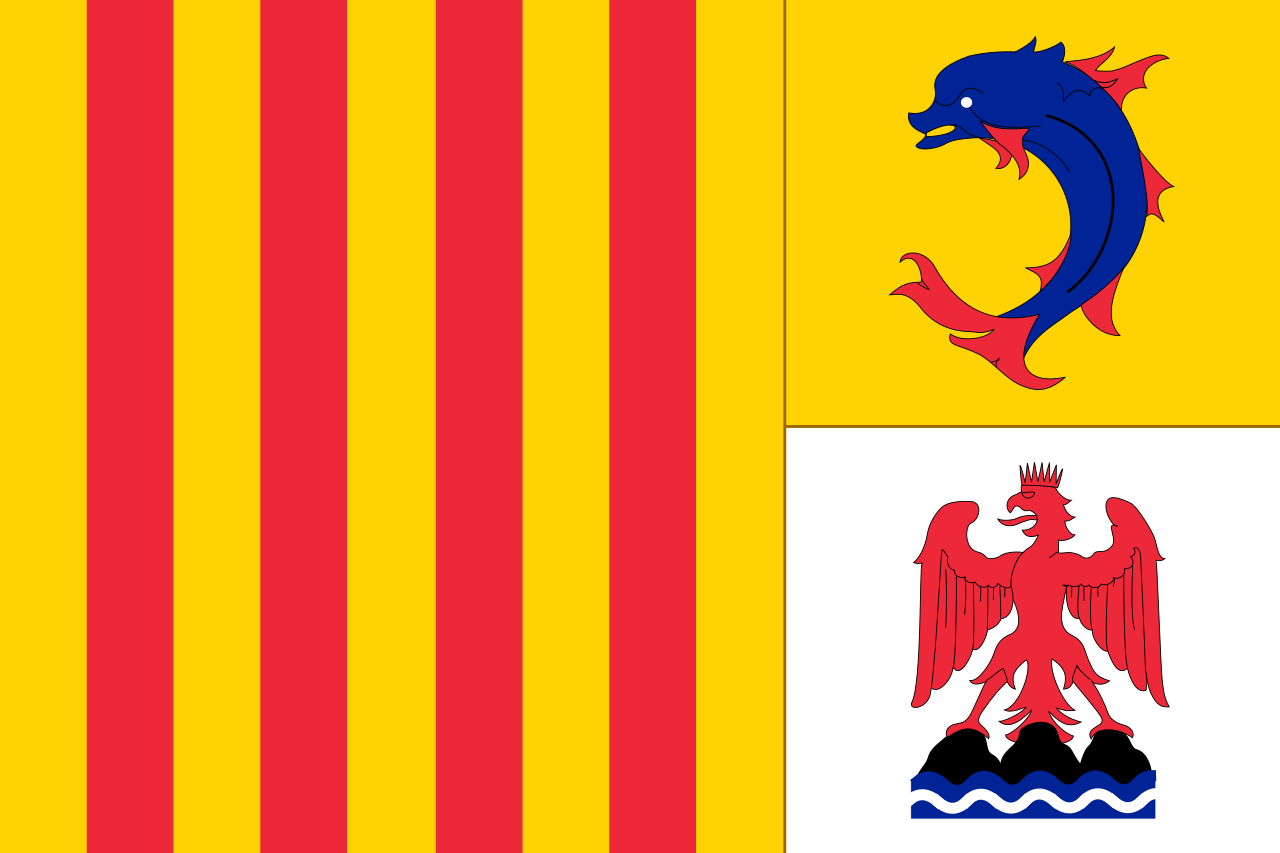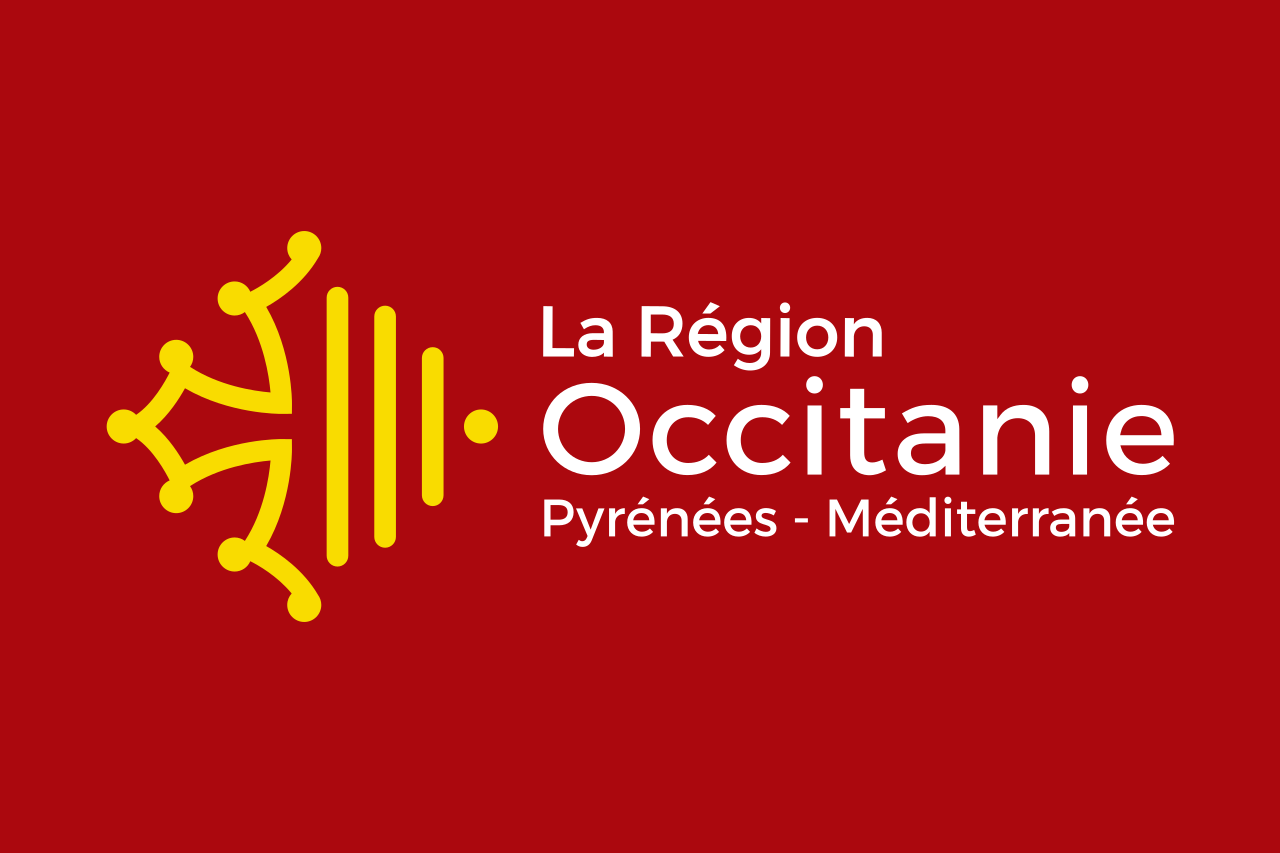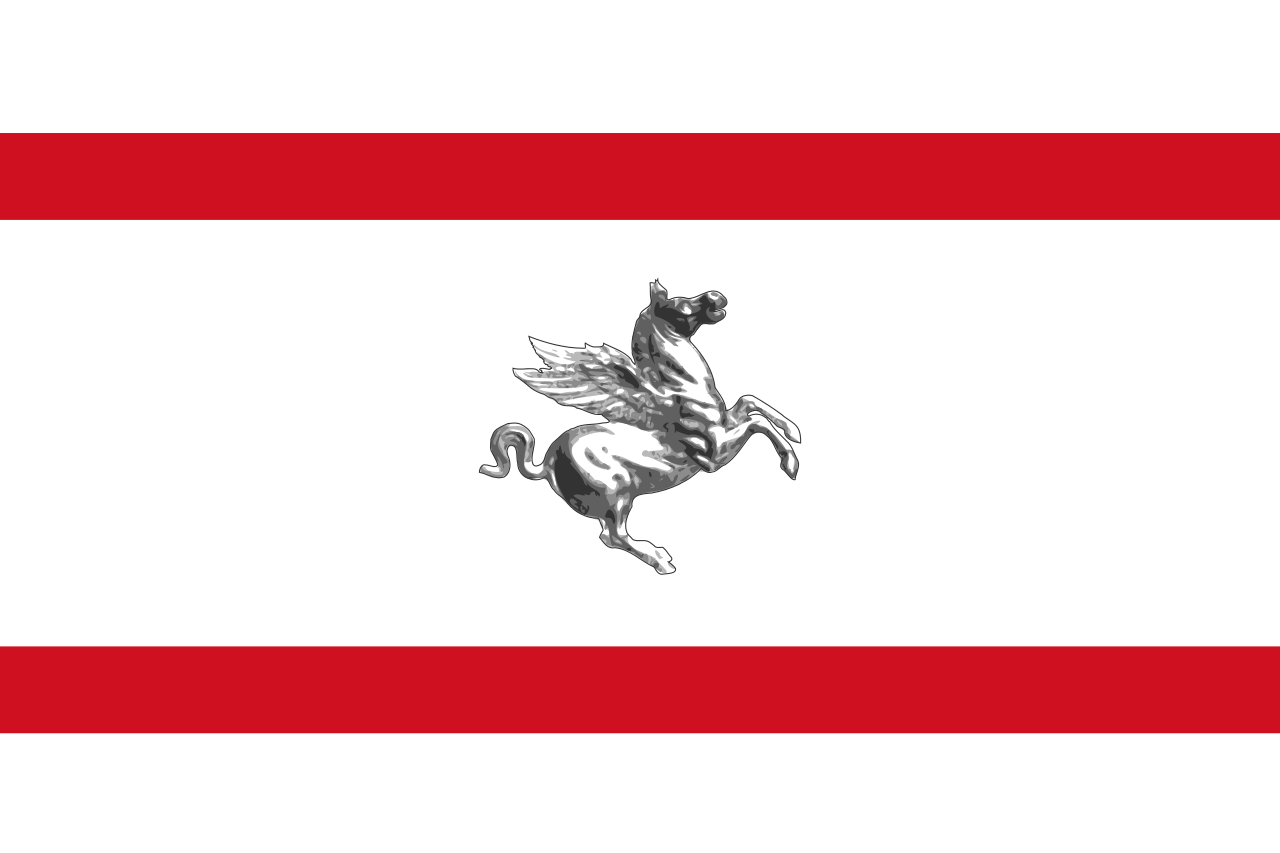
Deutsch-Chinesische Enzyklopädie, 德汉百科

 Education and Research
Education and Research
 Coimbra Group
Coimbra Group

 Colleges and Universities in Europe
Colleges and Universities in Europe
 Germany
Germany

 North Rhine-Westphalia
North Rhine-Westphalia
 Sinology
Sinology
 Universities in Germany
Universities in Germany





Die Universität Montpellier ist die Universität der französischen Stadt Montpellier. Sie besteht aus drei Teilen:
- Université Montpellier I unter anderem mit den Fachbereichen Rechts-, Wirtschafts- und Verwaltungswissenschaften sowie Ökologie, Medizin, Zahnmedizin und Pharmazie
- Université Montpellier II – Sciences et Techniques du Languedoc mit naturwissenschaftlichen Fachbereichen
- Université Montpellier III (Université Paul-Valéry), die sich auf Literatur, Fremdsprachen, Geistes- und Sozialwissenschaften spezialisiert hat. Für ausländische Studenten werden dort Französischkurse angeboten. Der Campus liegt direkt neben dem der Université Montpellier II.
 Chancellerie des universités de Paris
Chancellerie des universités de Paris
 France
France

 Ile-de-France
Ile-de-France
 Nobel prize
Nobel prize
 Nobel Prize in Chemistry
Nobel Prize in Chemistry
 Nobel prize
Nobel prize
 Nobel Peace Prize
Nobel Peace Prize
 Nobel prize
Nobel prize
 Nobel Prize in Literature
Nobel Prize in Literature
 Nobel prize
Nobel prize
 Nobel Prize in Physics
Nobel Prize in Physics
 Nobel prize
Nobel prize
 Nobel Prize in Physiology or Medicine
Nobel Prize in Physiology or Medicine
 Nobel prize
Nobel prize
 Nobel Memorial Prize in Economic Sciences
Nobel Memorial Prize in Economic Sciences
 Nobel prize
Nobel prize
 University/Institute
University/Institute
 Sinology
Sinology


The University of Paris (French: Université de Paris), metonymically known as the Sorbonne (French: [sɔʁbɔn], one of its buildings), was a university in Paris, France, from around 1150 to 1793, and from 1806 to 1970.
パリ大学(仏:Université de Paris)は、かつてフランス共和国のパリに存在した大学。1970年に、パリ、クレテイユおよびヴェルサイユの3大学区にある13の大学に分割された[1]。これらの大学では、多くのノーベル賞受賞者を送り出している他、法学、政治学、科学、物理学、神学などの分野で優秀な学者を輩出している。また芸術の教育機関としても名高い。
Emerging around 1150 as a corporation associated with the cathedral school of Notre Dame de Paris, it was considered the second-oldest university in Europe.[1] Officially chartered in 1200 by King Philip II (Philippe-Auguste) of France and recognised in 1215 by Pope Innocent III, it was later often nicknamed after its theological College of Sorbonne founded by Robert de Sorbon and chartered by French King Saint Louis around 1257.[citation needed]
Internationally highly reputed for its academic performance in the humanities ever since the Middle Ages – notably in theology and philosophy – it introduced several academic standards and traditions that have endured ever since and spread internationally, such as doctoral degrees and student nations. Vast numbers of popes, scientists, intellectuals and royalty were educated at the University of Paris. A few of the Colleges of the time are still visible close to Pantheon and Luxembourg Gardens : College des Bernardins (18, rue de Poissy 75005), Hotel de Cluny (6, Place Paul Painleve 75005), College Sainte Barbe (4, rue Valette 75005), College d'Harcourt (44 Boulevard Saint-Michel 75006), Cordeliers (21, Rue Ecole de Medecine 75006). [2]
In 1793, during the French Revolution period, the university was closed and by Item-27 of the Revolutionary Convention, the college endowments and buildings were sold.[3] A new University of France replaced it in 1806 with four independent faculties: the Faculty of Humanities ("Faculté des Lettres"), the Faculty of Law (later including Economics), the Faculty of Science, the Faculty of Medicine and the Faculty of Theology (closed in 1885).
In 1970, following the May 1968 events, the university was divided into 13 autonomous universities. Although all the thirteen universities that resulted of the original University of Paris split can be considered its inheritors, just three universities of the post-1968 universities inherited the name "Sorbonne", as well as its physical location in the Latin Quarter (i.e. Pantheon-Sorbonne University (Paris I); University of Paris III: Sorbonne Nouvelle; and Paris-Sorbonne University (Paris IV).[4][5][6][7]
From 2010, several of the University of Paris successors started to reorganise themselves into different groups of universities and institutions (COMUE), that, later, were upgraded to "pôles de recherche et d'enseignement supérieur". As a result, various university groups exist in the Paris area, among them Sorbonne Paris Cité, Sorbonne Universities, the University of Paris-Saclay, Paris Lumiéres, Paris-Seine, and so on.[8]
In January 2018, two of the inheritors of the old University of Paris, Paris-Sorbonne University and Pierre and Marie Curie University, merged into a single university called Sorbonne University.[9][10][11]
In 2019, two other inheritors of the University of Paris, namely Paris Diderot University and Paris Descartes University, are also expected to merge.[12]
La nouvelle université de Paris fut créée en 1896 comme regroupement de la faculté des sciences, de la faculté des lettres, de la faculté de droit, de la faculté de médecine, de la faculté de théologie protestante et de l’École supérieure de pharmacie. Elle fut dissoute fin 1970 pour laisser place à treize universités indépendantes.
L'Università di Parigi, conosciuta anche come la Sorbona, fu fondata nel 1170 circa. Fu riconosciuta dal Re Filippo II di Francia nel 1200 e dal papa Innocenzo III nel 1215 (in particolare, dal suo legato pontificio Roberto di Courçon). Soppressa nel 1793 all'indomani della Rivoluzione Francese, fu rifondata nel 1896.
Dal 1º gennaio 2018, con la fusione dei due atenei Paris-Sorbonne e Università Pierre e Marie Curie, è stata istituita un'unica università denominata Sorbonne Université[1][2]
La Universidad de París (en francés: Université de Paris), también conocida como La Sorbona, fue una de las universidades medievales más antiguas y más importantes. Fue fundada a mediados del siglo XII por el obispo de la ciudad y sus instalaciones se situaron cerca de la Catedral Notre Dame de París. En 1200 fue reconocida por el rey Felipe II y en 1215 por el papa Inocencio III. Adquirió rápidamente un gran prestigio, especialmente en filosofía y teología. Se constituyó como asociación de todos los colegios preexistentes en la ciudad de París situados a la orilla izquierda del río Sena (entre ellos La Sorbona, fundado en el año 1215 y con gran prestigio durante la Edad Media debido a su facultad de teología, cuyo nombre se asociaría posteriormente a toda la universidad). Su objetivo era formar a los funcionarios de la administración real (Consejo de Estado, parlamentos, tribunales, hacienda, etc.) y de instituciones eclesiásticas (profesores, médicos, bibliotecarios, obispos, abades, etc.).
Durante la Edad Moderna sufrió una situación de declive. En 1793 fue cerrada y sustituida por escuelas superiores especializadas en derecho, medicina, ingeniería, escuelas normales, etc. Un siglo más tarde, en 1896, se reabrió con cuatro facultades: Derecho, Medicina, Letras y Ciencias.
Tras los sucesos de mayo de 1968 y las reformas de 1968-1971 la universidad se dividió en trece universidades independientes, algunas de ellas multidisciplinares y otras especializadas en determinados ámbitos del conocimiento.
Парижский университет (фр. Université de Paris) — французский университет в Париже, один из старейших в мире; основан в середине XII века; будучи интернациональным образовательным учреждением, очень скоро заслужил европейскую репутацию. Его центром является здание Сорбонны в Латинском квартале на левом берегу Сены.
Как полудуховное общество магистров (преподавателей), подчинённое духовной власти, Парижский университет представлял полный контраст со светскими, республиканскими университетами североитальянских городов; в качестве основного образования (Studium generale) он был, главным образом, высшей школой богословия и свободных искусств, включал в свои программы юриспруденцию только в виде канонического права, а в медицине уступал первенство другим studia generalia.
Став величайшей школой всей Западной Европы, имея среди своих учеников и учителей представителей всех наций и величайших учёных средневековья — Фому Аквинского, Альберта Великого, Раймунда Луллия, Роджера Бэкона, Дунса Скота, Уильяма Оккама, — университет стал высшим авторитетом в вопросах веры и разума и во время падения папства, в эпоху великого раскола, в лице Д’Альи, Герсона и Клеманжи был руководителем католической церкви и сделал попытку реформировать её во главе и членах.
После майских событий 1968 года был преобразован в 1970 году в 13 парижских независимых университетов.

 Breakthrough Prize
Breakthrough Prize
 Fundamental Physics Breakthrough Prize
Fundamental Physics Breakthrough Prize

 Colleges and Universities in Europe
Colleges and Universities in Europe
 England
England
 League of European Research Universities,LERU
League of European Research Universities,LERU

 Medical, Pharmaceutical, Rehabilitation
Medical, Pharmaceutical, Rehabilitation
 Medical colleges/Research Institute
Medical colleges/Research Institute
 Nobel prize
Nobel prize
 Nobel Prize in Chemistry
Nobel Prize in Chemistry
 Nobel prize
Nobel prize
 Nobel Peace Prize
Nobel Peace Prize
 Nobel prize
Nobel prize
 Nobel Prize in Literature
Nobel Prize in Literature
 Nobel prize
Nobel prize
 Nobel Prize in Physics
Nobel Prize in Physics
 Nobel prize
Nobel prize
 Nobel Prize in Physiology or Medicine
Nobel Prize in Physiology or Medicine
 Nobel prize
Nobel prize
 Nobel Memorial Prize in Economic Sciences
Nobel Memorial Prize in Economic Sciences
 Nobel prize
Nobel prize
 University/Institute
University/Institute
 Russell Group
Russell Group
 Sinology
Sinology
 Universities in the UK
Universities in the UK
 United Kingdom
United Kingdom

 Science and technology
Science and technology
 *World famous research institutions
*World famous research institutions




Als älteste Sozialversicherung der Welt hat die Knappschaft das deutsche und europäische Sozialsystem geprägt wie kaum eine andere Institution. Ihr Ursprung liegt in einer Urkunde des Hildesheimer Bischofs Johann I. vom 28. Dezember 1260, in der dieser der Sankt Johannis-Bruderschaft am Rammelsberg in Goslar seinen Schutz bei der Unterstützung armer und schwacher Bergleute und deren Hinterbliebenen zusichert. Dies gilt als die Geburtsstunde der Renten- und Krankenversicherung, der Hinterbliebenenversorgung, der ersten Rentenformel, der Sozialversicherungspflicht, der gemeinsamen Beitragszahlung von Arbeitnehmern und Arbeitgebern sowie der sozialen Selbstverwaltung – allesamt Meilensteine auf dem Weg zum modernen Sozialstaat.

瓦斯科·达伽马[1](葡萄牙语:Vasco da Gama,1469年—1524年12月24日)[注 1],维迪格拉伯爵一世,葡萄牙航海探险家,亦是人类历史上第一位从欧洲远航到印度之人。他的海上之行始于1498年,其路线绕过地中海沿岸及阿拉伯半岛,乃当时全程最长的航程(比沿着赤道绕地球一圈的距离更长),为日后葡国对外的殖民扩张铺平道路[6]:176。
在达伽马发现印度航线的一百年后,英国、荷兰及法国等欧洲国家开始挑战葡萄牙在非洲、印度洋及远东海权的独霸局面,也开始另一波欧洲国家的亚洲殖民行动。
达伽马在1498年5月20日抵达印度的科泽科德,在印度进行香料贸易,借由贸易提升葡萄牙帝国的经济实力。香料最初以黑胡椒和桂皮为主,并很快加入了欧洲人没有见过的其它种类,葡萄牙也因此成为经济强权。
达伽马二次率领舰队前往印度,分别是第一次和第四次的葡萄牙印度舰队航行,也是达伽马的第一次及第二次航行。他因为对葡萄牙的贡献成为葡属印度总督之一,在1519年受封为维迪格拉伯爵。今天来看他仍然是一个优秀的探险家。葡萄牙史诗《卢济塔尼亚人之歌》就是为歌颂达伽马所作。而他的第一次印度之旅,则被视为第一波全球多元文化浪潮的开始[7]。
后世史家认为,达伽马是在航海家亨利之后唯一成功开拓葡萄牙海上贸易的探险家,不仅首先连起非洲与亚洲的航线,更因其对政治与战争的精明意识而使葡国取得海上贸易的领袖地位。
Vasco da Gama [ˈvaʃku ðɐ ˈɣɐmɐ], Graf von Vidigueira (* um 1469 in Sines, Portugal; † 24. Dezember 1524 in Cochin, Indien), war ein portugiesischer Seefahrer und Entdecker des Seewegs um das Kap der Guten Hoffnung nach Indien, das er im Mai 1498 erstmals erreichte, sowie der 2. Vizekönig Portugiesisch-Indiens.

 History
History
 CESAER
CESAER
 Provence-Alpes-Côte d´Azur
Provence-Alpes-Côte d´Azur
 Centre-Val de Loire
Centre-Val de Loire
 Occitania
Occitania
 Architecture
Architecture
 Vacation and Travel
Vacation and Travel
 Review
Review
 Ships and Nautics
Ships and Nautics
 Toscana
Toscana
 World Heritage
World Heritage